Home>Home Appliances>Laundry Appliances>How To Clean A He Washing Machine
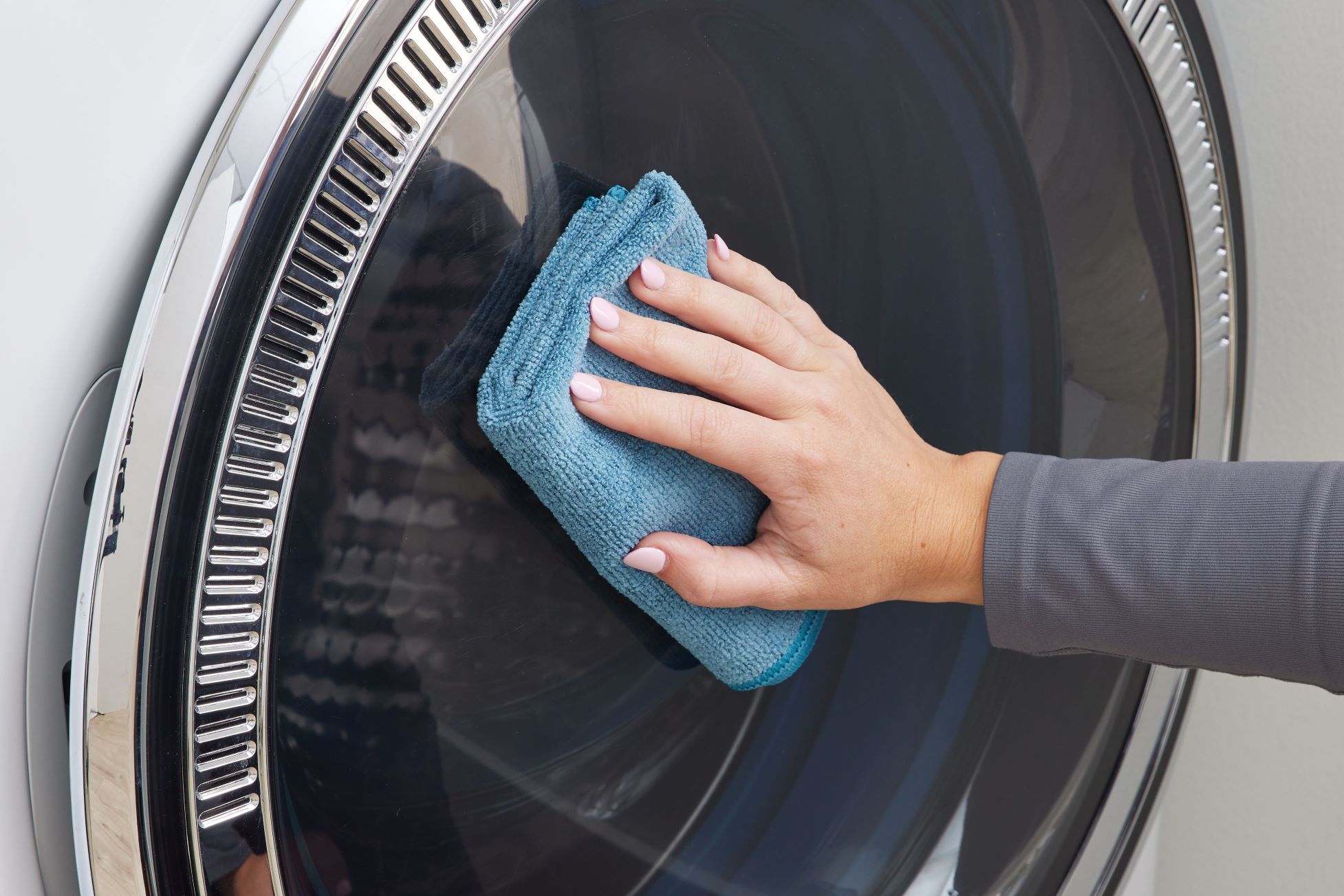

Laundry Appliances
How To Clean A He Washing Machine
Modified: August 27, 2024
Learn how to effectively clean your HE washing machine for optimal performance and longevity. Follow our expert tips for maintaining your laundry appliances.
(Many of the links in this article redirect to a specific reviewed product. Your purchase of these products through affiliate links helps to generate commission for Storables.com, at no extra cost. Learn more)
Introduction
Cleaning your high-efficiency (HE) washing machine is essential to maintain its performance and ensure your laundry comes out fresh and clean every time. Over time, detergent residue, dirt, and grime can build up inside the machine, leading to unpleasant odors and potential issues with washing performance. By incorporating a regular cleaning routine, you can prolong the lifespan of your HE washing machine and keep it running smoothly.
In this comprehensive guide, we will walk you through the step-by-step process of cleaning your HE washing machine. From gathering the necessary supplies to tackling specific areas of the machine, such as the detergent dispenser and door seal, we will cover everything you need to know to effectively clean your appliance. Additionally, we will provide insights on running a cleaning cycle to eliminate any lingering residues and maintaining the exterior of the machine for a pristine finish.
By following these instructions, you can ensure that your HE washing machine remains in optimal condition, delivering outstanding results with every load of laundry. Let's dive into the details and discover how simple it can be to keep your HE washing machine clean and efficient.
Key Takeaways:
- Regularly clean your HE washing machine using white vinegar, baking soda, and warm water to prevent odor, mold, and detergent buildup. This ensures fresh and efficient laundry results every time.
- Running a cleaning cycle with white vinegar or baking soda helps maintain the cleanliness and performance of your HE washing machine, ensuring consistently fresh and odor-free laundry.
Read more: How to Clean an HE Washer
Gather Your Supplies
Before embarking on the cleaning process for your HE washing machine, it's crucial to gather the necessary supplies to ensure a thorough and effective cleaning session. Here's a comprehensive list of items you'll need to have on hand:
-
White Vinegar: This versatile household staple serves as a powerful natural cleaner and deodorizer. Its acidic properties help dissolve mineral deposits and detergent buildup inside the washing machine.
-
Baking Soda: Known for its gentle abrasive qualities and natural deodorizing properties, baking soda is an excellent choice for cleaning and freshening the interior of your HE washing machine.
-
Microfiber Cloth: Opt for a soft, lint-free microfiber cloth to wipe down the interior surfaces of the washing machine. This material is gentle yet effective for removing grime and residue.
-
Toothbrush or Soft Bristle Brush: A small toothbrush or soft bristle brush is ideal for reaching tight spaces and crevices, allowing you to thoroughly clean hard-to-reach areas such as the detergent dispenser and door seal.
-
Warm Water: Having access to warm water is essential for creating cleaning solutions and rinsing the interior components of the washing machine.
-
All-Purpose Cleaner (Optional): If preferred, you can use a mild all-purpose cleaner to tackle stubborn stains and grime on the exterior surfaces of the washing machine.
-
Rubber Gloves: To protect your hands during the cleaning process, consider wearing rubber gloves to shield your skin from cleaning solutions and potential residue.
-
Empty Spray Bottle: If you opt to create a customized cleaning solution, an empty spray bottle will come in handy for easy application.
By ensuring you have these supplies readily available, you'll be well-equipped to effectively clean your HE washing machine, promoting optimal performance and maintaining a fresh, clean laundry environment. With these essential items at your disposal, you're ready to tackle the next steps in the cleaning process and revitalize your washing machine.
Clean the Detergent Dispenser
The detergent dispenser in your HE washing machine plays a crucial role in delivering the right amount of detergent to your laundry load. Over time, residue from liquid or powder detergents, fabric softeners, and other laundry products can accumulate in the dispenser, leading to clogs and potential bacterial growth. To ensure optimal washing performance and prevent potential issues, it's essential to thoroughly clean the detergent dispenser.
Start by removing the detergent dispenser drawer from the washing machine. Most dispensers can be easily removed by pressing a release button or simply pulling it out. Once removed, inspect the dispenser for any visible residue or clogs. You may notice a buildup of detergent residue, fabric softener, or mold, especially in hard-to-reach areas.
Next, prepare a cleaning solution using equal parts of warm water and white vinegar. The acidic properties of vinegar make it an effective natural cleaner and deodorizer. Dip a microfiber cloth or sponge into the cleaning solution and thoroughly wipe down the detergent dispenser, paying close attention to the compartments and any crevices where residue may have accumulated.
For stubborn residue or clogs, use a small toothbrush or soft bristle brush to gently scrub the dispenser, ensuring that all traces of buildup are effectively removed. Take care to clean the siphon or any mechanisms within the dispenser to maintain proper functionality.
After cleaning, rinse the detergent dispenser thoroughly with clean water to remove any remaining cleaning solution and loosened residue. Ensure that all compartments are free from debris and flow smoothly to dispense detergents and additives during the wash cycle.
Once the detergent dispenser is clean and dry, carefully reinsert it into the washing machine, ensuring that it is securely in place. By regularly cleaning the detergent dispenser, you can prevent clogs, maintain optimal detergent distribution, and promote a hygienic laundry environment.
By following these detailed steps to clean the detergent dispenser, you can effectively address residue buildup and maintain the efficiency of your HE washing machine. With a clean and properly functioning detergent dispenser, you can look forward to consistently fresh and clean laundry results with every wash cycle.
Run a cleaning cycle with hot water and 2 cups of white vinegar to remove residue and odors from your HE washing machine. Wipe down the door seal and detergent dispenser with a vinegar-soaked cloth.
Clean the Door Seal
The door seal of your HE washing machine is a critical component that requires regular cleaning to prevent mold, mildew, and unpleasant odors from developing. Over time, moisture, detergent residue, and lint can accumulate in the folds and crevices of the door seal, creating an ideal environment for mold and mildew growth. To maintain a hygienic and odor-free washing machine, it's essential to dedicate attention to cleaning the door seal.
Begin by inspecting the door seal for any visible residue, mold, or mildew. Pay close attention to the folds and grooves where moisture and debris tend to accumulate. If you notice any discoloration, mold spots, or unpleasant odors, it's a clear indication that the door seal requires thorough cleaning.
To effectively clean the door seal, create a cleaning solution using equal parts of warm water and white vinegar. The acidic properties of vinegar make it an excellent natural cleaner and deodorizer, ideal for tackling mold and mildew. Dip a microfiber cloth or sponge into the cleaning solution and carefully wipe down the entire surface of the door seal, ensuring that you reach into the folds and grooves to remove any trapped debris and residue.
For stubborn mold or mildew spots, use a soft bristle brush or an old toothbrush to gently scrub the affected areas, applying the cleaning solution as needed. Take care to be thorough yet gentle to avoid damaging the rubber seal.
After cleaning, rinse the door seal with clean water to remove any remaining cleaning solution and loosened debris. Ensure that all folds and grooves are free from residue and thoroughly rinsed to prevent any lingering odors.
Once the door seal is clean and dry, leave the washing machine door ajar for a period to allow air circulation and prevent moisture buildup, which can contribute to mold and mildew growth. This simple practice can help maintain a fresh and dry environment within the washing machine, reducing the likelihood of future mold and mildew issues.
By incorporating regular cleaning of the door seal into your washing machine maintenance routine, you can effectively prevent mold and mildew growth, eliminate unpleasant odors, and ensure a hygienic laundry experience. With a clean and well-maintained door seal, you can enjoy the confidence of knowing that your HE washing machine is operating at its best, delivering outstanding results with every laundry cycle.
Run a Cleaning Cycle
Running a cleaning cycle for your HE washing machine is a pivotal step in maintaining its optimal performance and cleanliness. This specialized cleaning process is designed to thoroughly cleanse the interior of the machine, targeting hard-to-reach areas and eliminating any lingering residues or odors. By incorporating a regular cleaning cycle into your washing machine maintenance routine, you can effectively prevent the buildup of mold, mildew, and detergent residues, ensuring that your laundry comes out fresh and clean with each wash.
To initiate a cleaning cycle, start by ensuring that the washing machine is empty and free from any laundry or items. Once the interior is clear, select the appropriate cleaning cycle option on your machine. Many modern HE washing machines feature a dedicated cleaning or maintenance cycle specifically designed to address the unique cleaning needs of the appliance. If your machine does not have a designated cleaning cycle, opt for the hottest water setting and an extended wash cycle to achieve optimal cleaning results.
Next, add a cleaning agent to the washing machine drum. White vinegar and baking soda are popular choices for natural and effective cleaning. For a standard-sized load, pour two cups of white vinegar directly into the drum. Alternatively, you can use one cup of baking soda as a powerful natural deodorizer and cleanser. Both options work to dissolve mineral deposits, eliminate odors, and cleanse the interior of the washing machine.
Once the cleaning agent is added, initiate the cleaning cycle and allow the machine to run through the entire wash and rinse process. The combination of hot water and the cleaning agent will work to break down and dislodge any accumulated residues, ensuring a thorough cleaning of the interior components, including the drum, agitator, and internal mechanisms.
After the cleaning cycle is complete, inspect the interior of the washing machine for any remaining residues or odors. If necessary, wipe down the interior surfaces with a microfiber cloth dampened with white vinegar to address any stubborn residues or lingering odors. Additionally, leave the washing machine door ajar to allow for air circulation and drying, preventing the development of mold and mildew.
By regularly running a cleaning cycle for your HE washing machine, you can effectively maintain its cleanliness and performance, ensuring that your laundry is consistently fresh and free from unwanted odors. Incorporating this essential step into your washing machine maintenance routine will contribute to the longevity of the appliance and the quality of your laundry results.
Read more: How Much Detergent to Use in HE Washer
Wipe Down the Exterior
After addressing the interior components of your HE washing machine, it's essential to give attention to the exterior surfaces to ensure a comprehensive cleaning process. The exterior of the washing machine is often exposed to dust, dirt, and potential splashes of detergent or laundry products, requiring regular maintenance to uphold its appearance and functionality.
Start by unplugging the washing machine from the power source to ensure safety during the cleaning process. Once disconnected, use a soft, damp microfiber cloth to wipe down the exterior surfaces of the machine. Begin with the control panel, gently removing any dust or residue that may have accumulated. Take care to avoid excessive moisture near the control panel to prevent potential damage to electronic components.
Next, move on to the body of the washing machine, paying attention to the top, sides, and front surfaces. If there are visible stains or spills, consider using a mild all-purpose cleaner suitable for the material of the washing machine. Apply the cleaner to a clean cloth and gently wipe the affected areas, ensuring thorough removal of any stains or residues. Take care to avoid abrasive cleaners or harsh chemicals that may damage the finish of the machine.
For stainless steel exteriors, opt for a specialized stainless steel cleaner to maintain its luster and prevent streaking. Apply the cleaner to a soft cloth and wipe the stainless steel surfaces in the direction of the grain to achieve a polished finish. This step not only cleans the exterior but also enhances its visual appeal, contributing to a well-maintained laundry area.
Additionally, pay attention to any visible seams, edges, or crevices on the exterior of the washing machine. Use a soft brush or cloth to remove any accumulated dust or debris from these areas, ensuring a thorough cleaning of the entire exterior surface.
Once the exterior surfaces are clean and free from dust and residues, take a moment to inspect the area surrounding the washing machine. Wipe down the floor or countertop where the machine is placed, addressing any potential spills or splashes that may have occurred during regular use.
By dedicating attention to wiping down the exterior of your HE washing machine, you can maintain its visual appeal, cleanliness, and overall functionality. A well-maintained exterior not only contributes to a pleasant laundry environment but also reflects your commitment to caring for your appliances. With the exterior surfaces clean and refreshed, your HE washing machine will continue to be a reliable and visually appealing asset in your home.
Frequently Asked Questions about How To Clean A He Washing Machine
Was this page helpful?
At Storables.com, we guarantee accurate and reliable information. Our content, validated by Expert Board Contributors, is crafted following stringent Editorial Policies. We're committed to providing you with well-researched, expert-backed insights for all your informational needs.
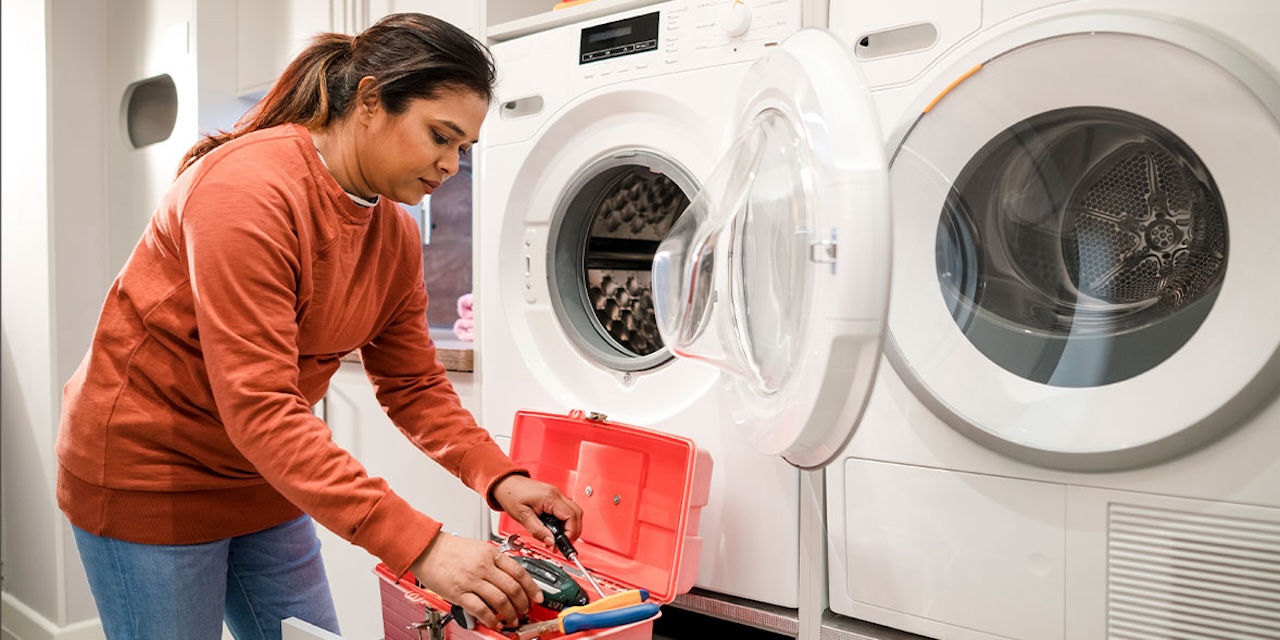
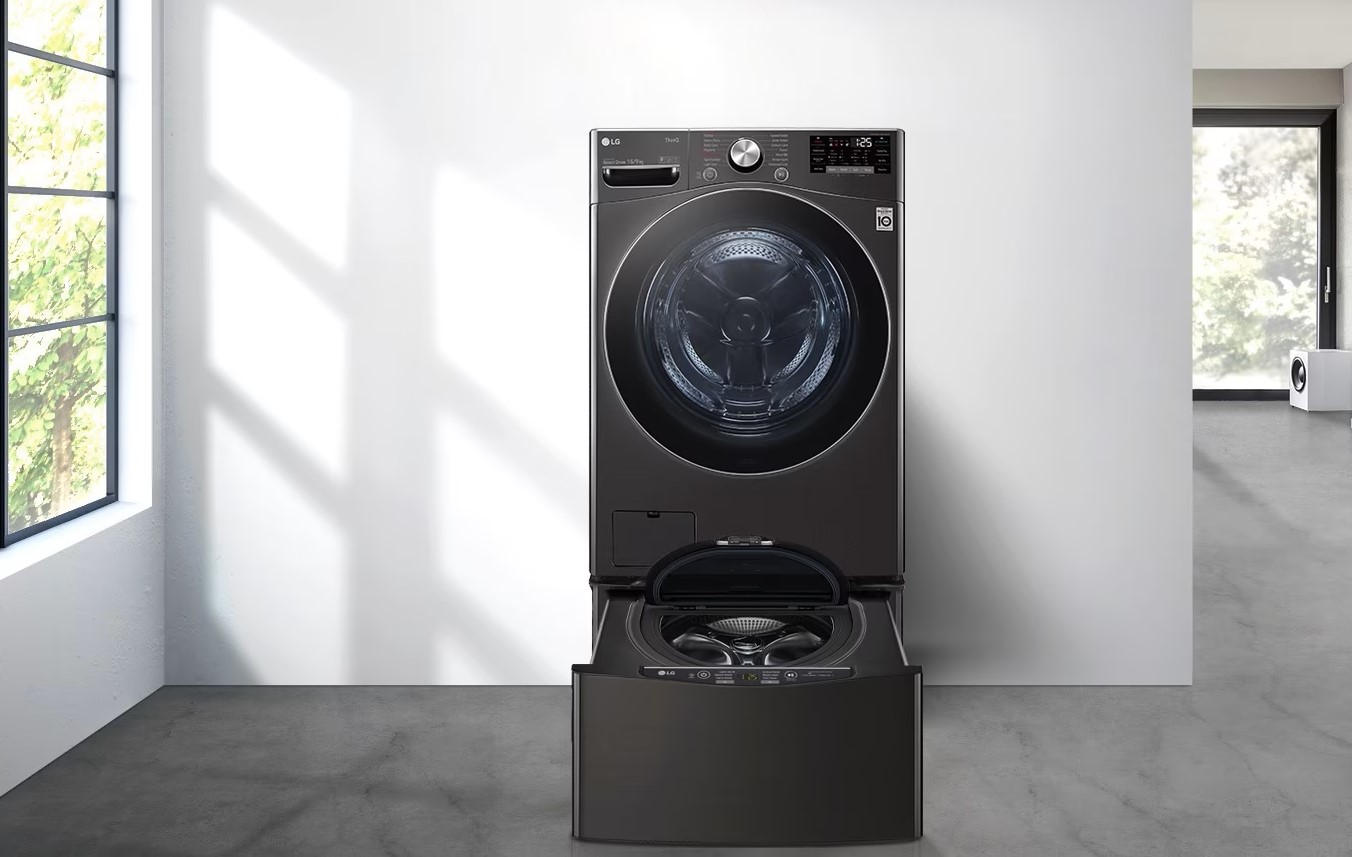
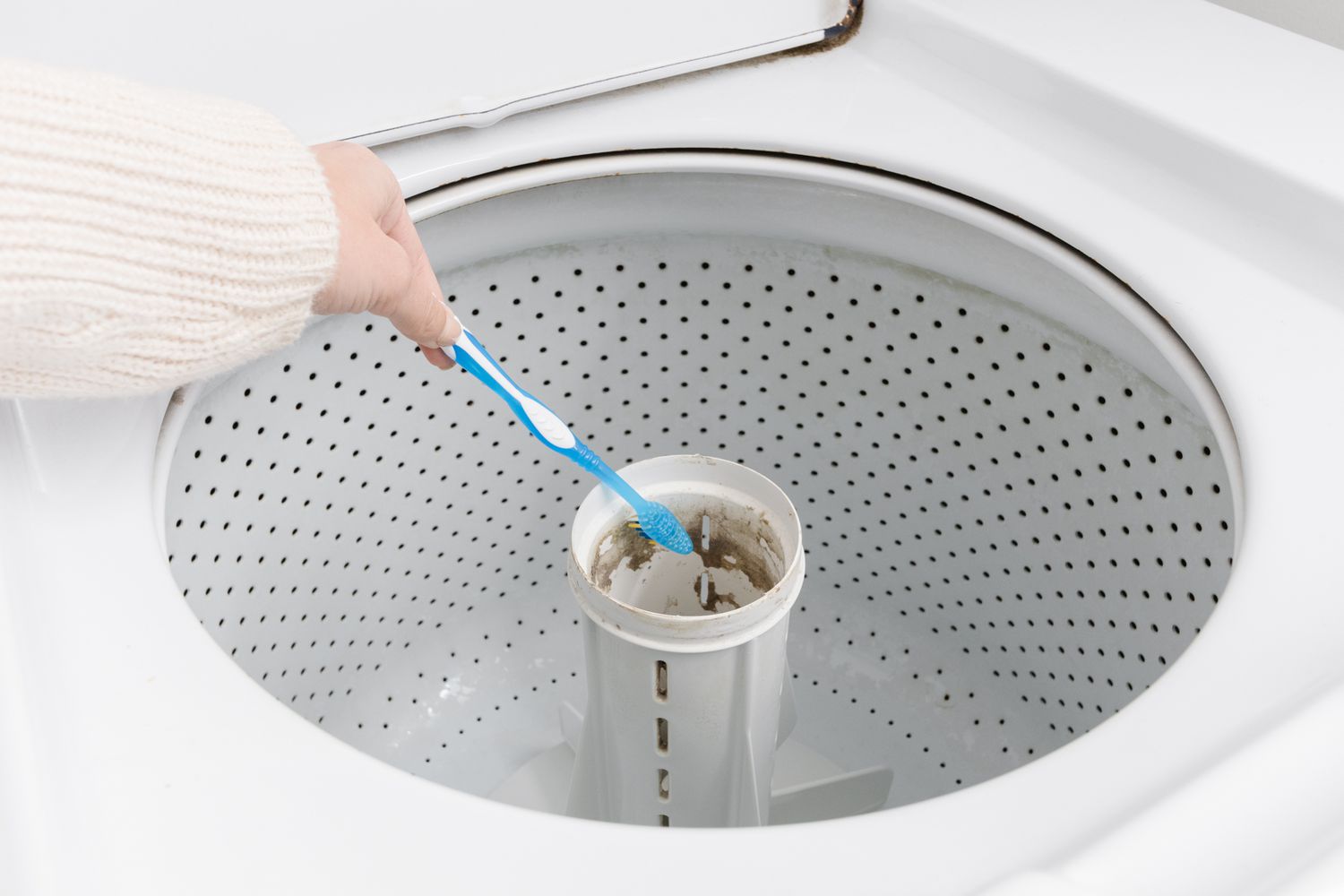
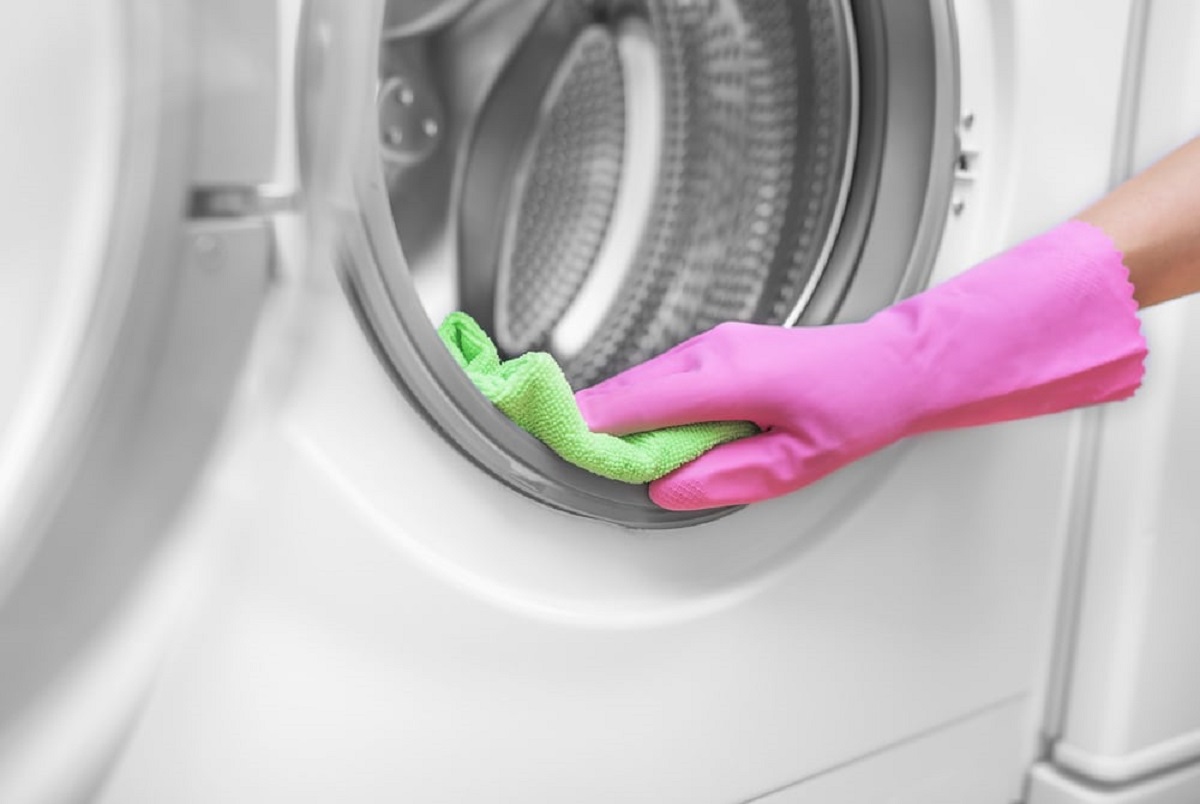
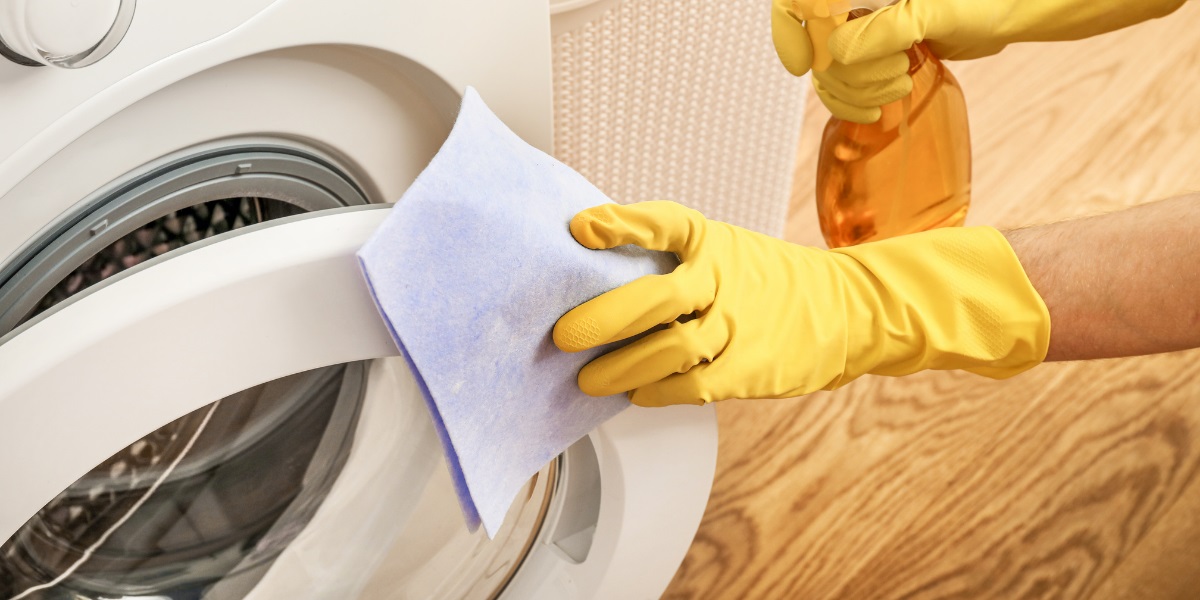
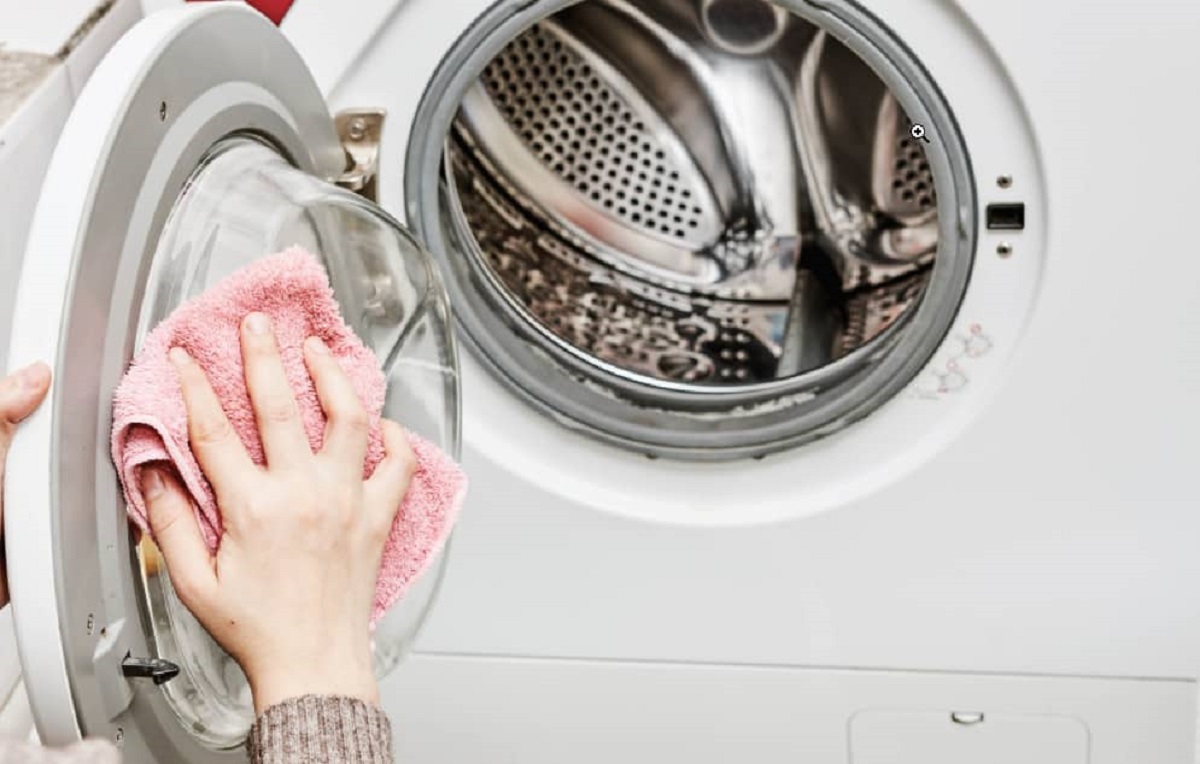
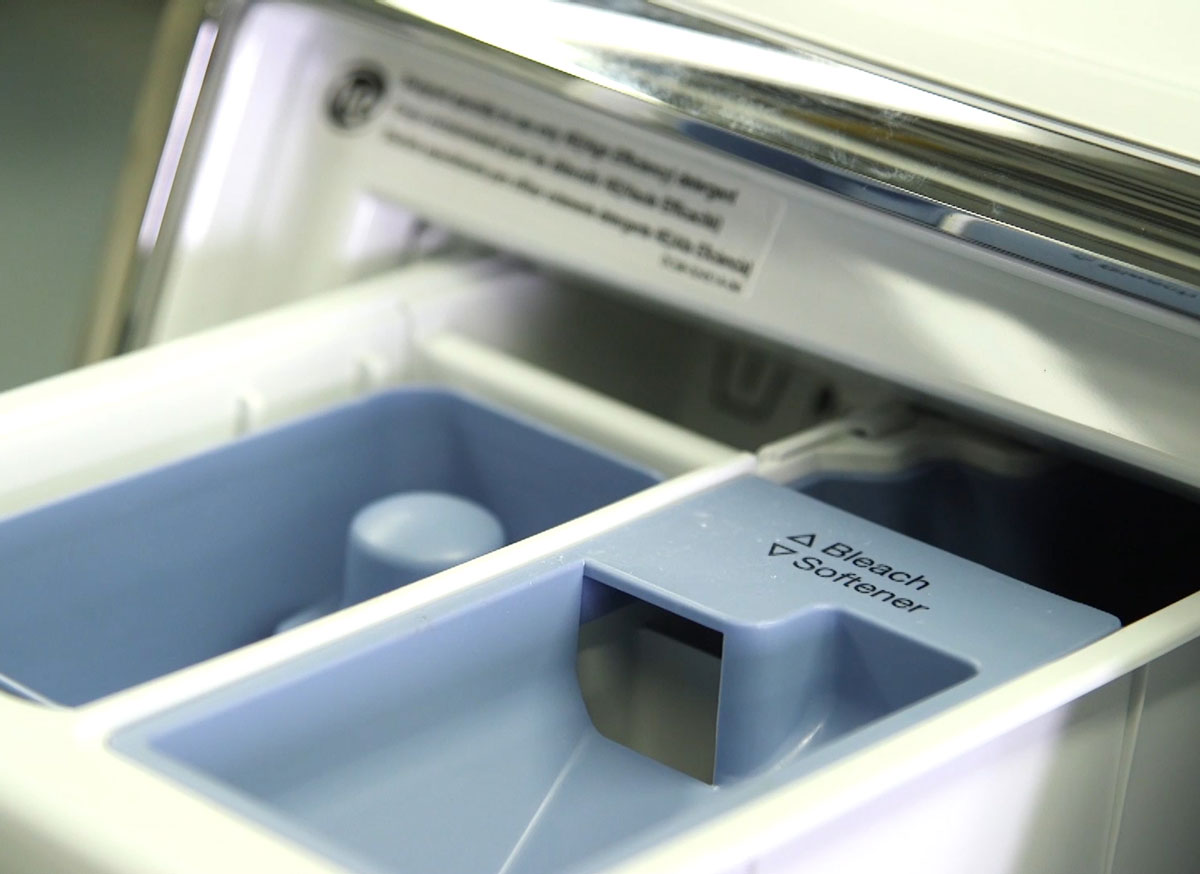
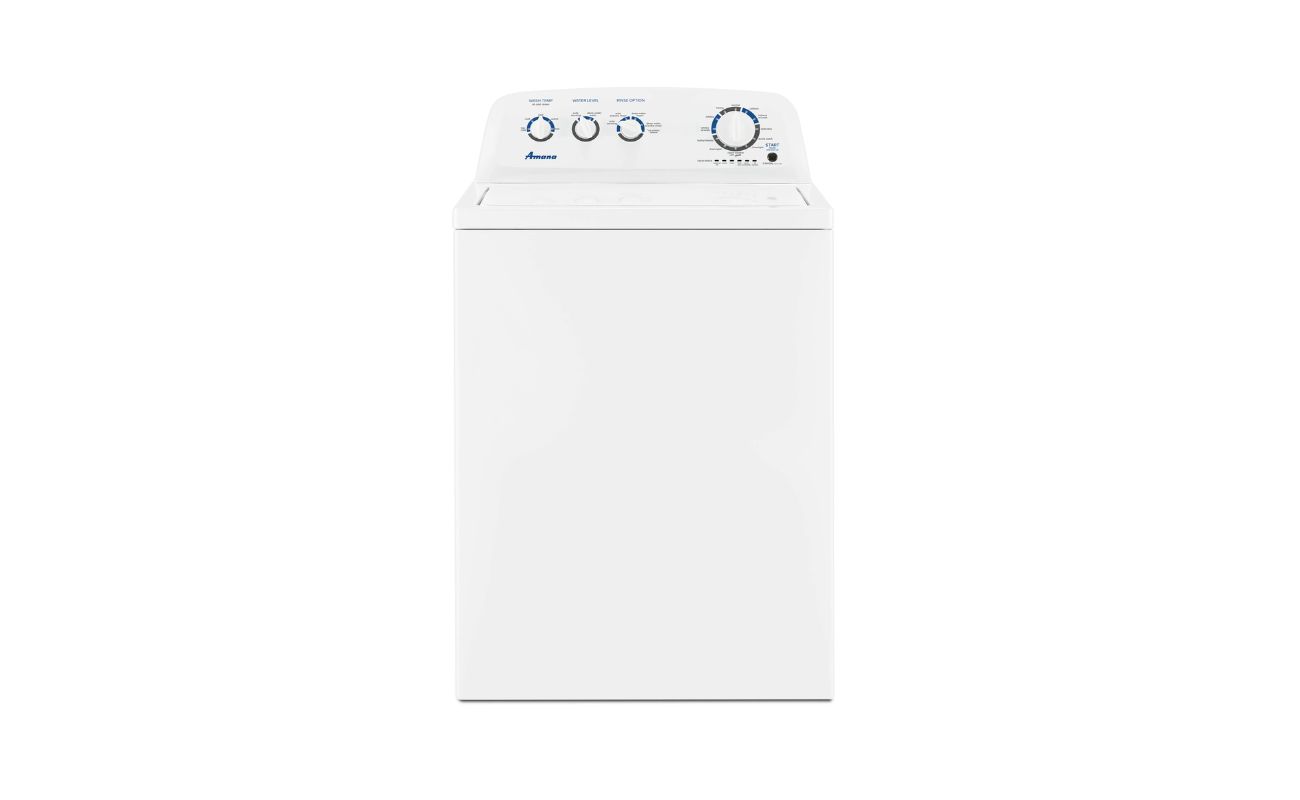
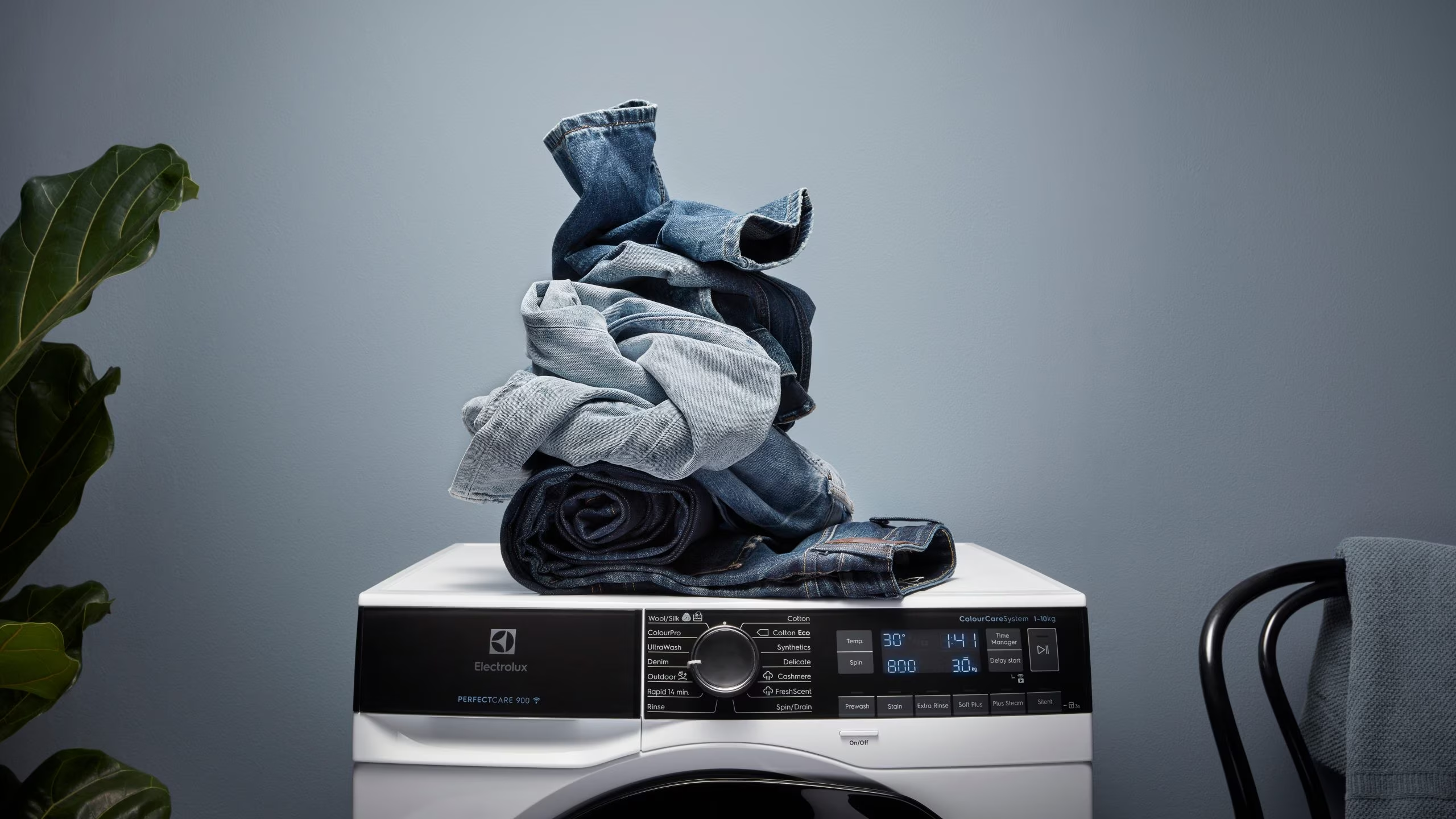
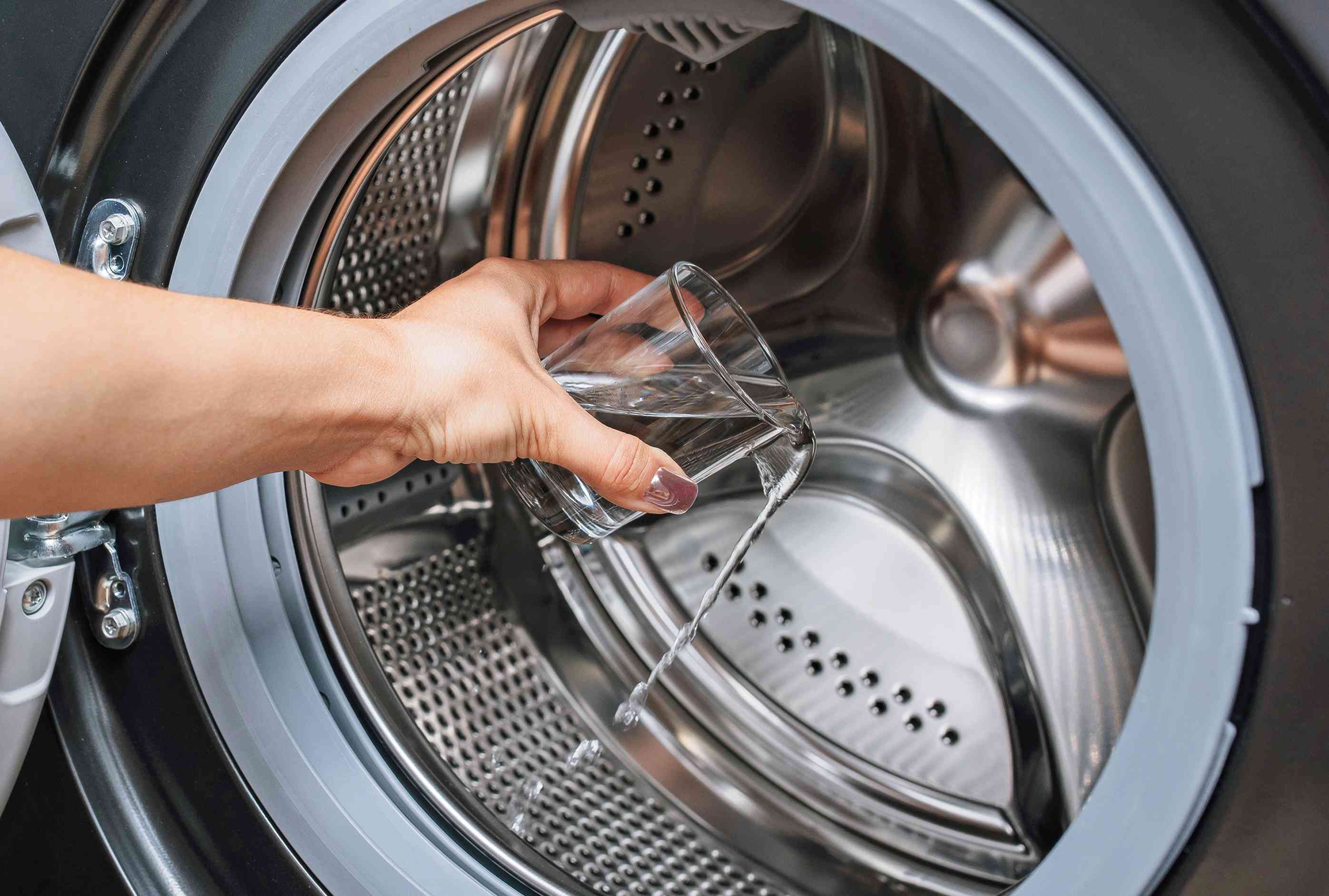
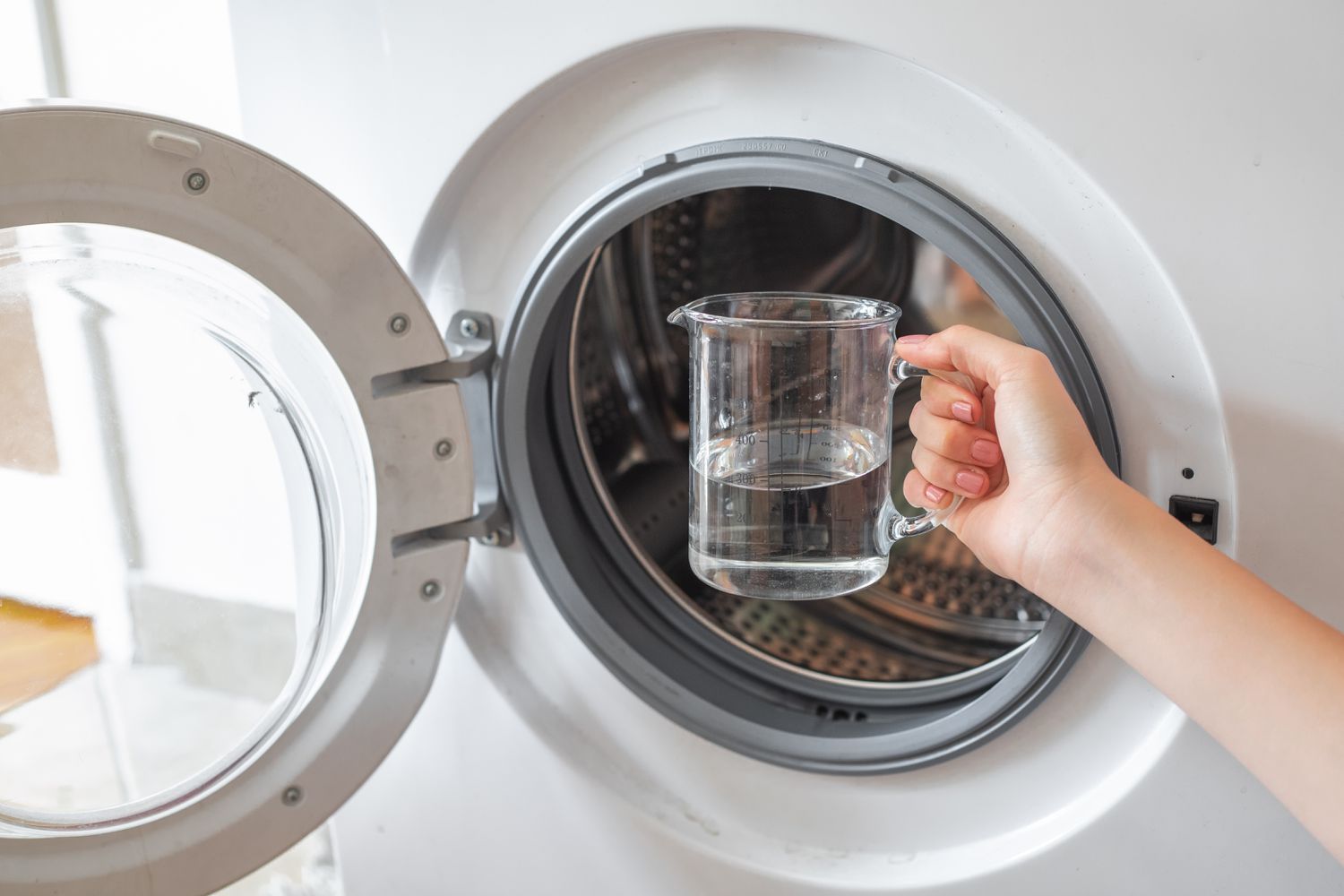
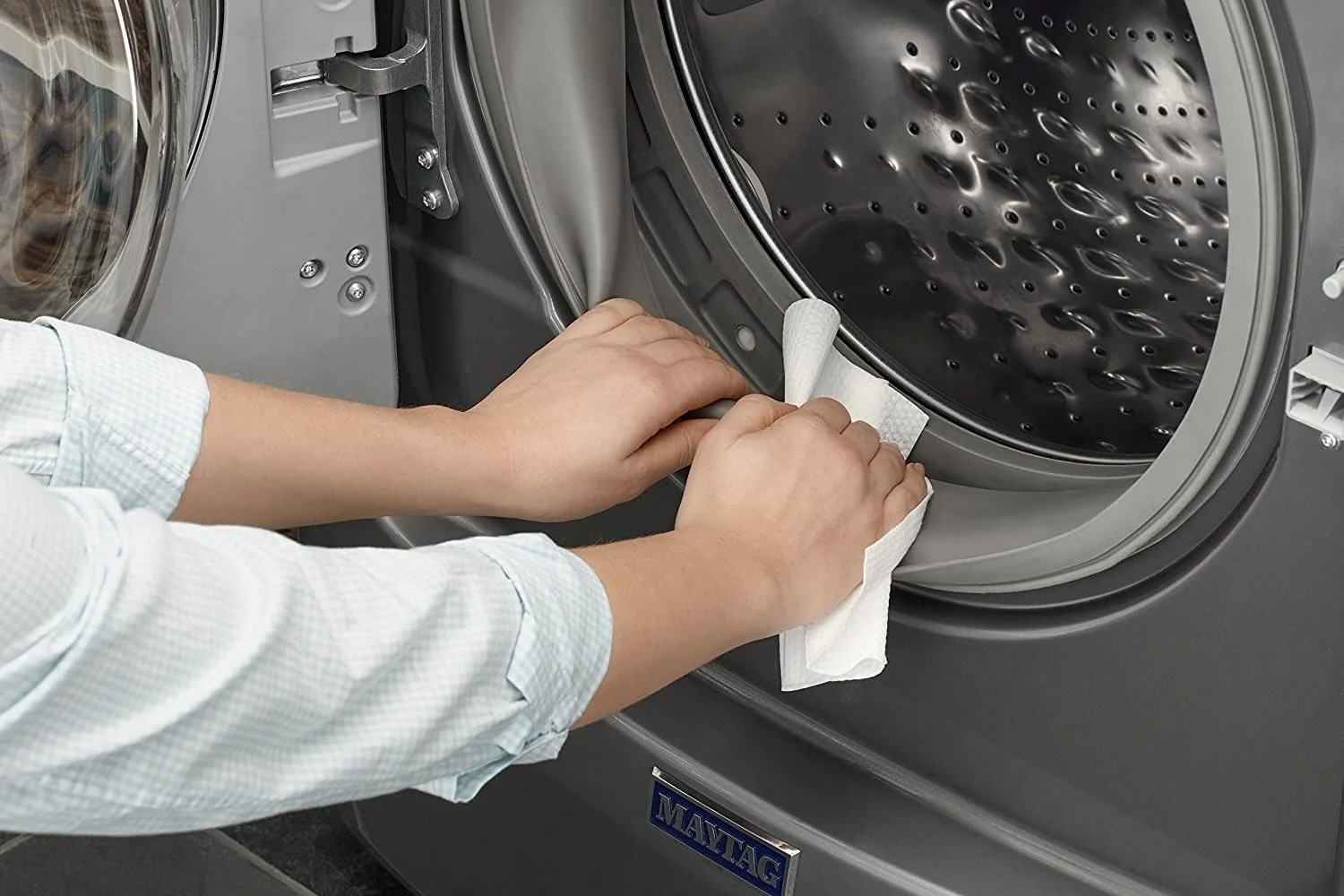
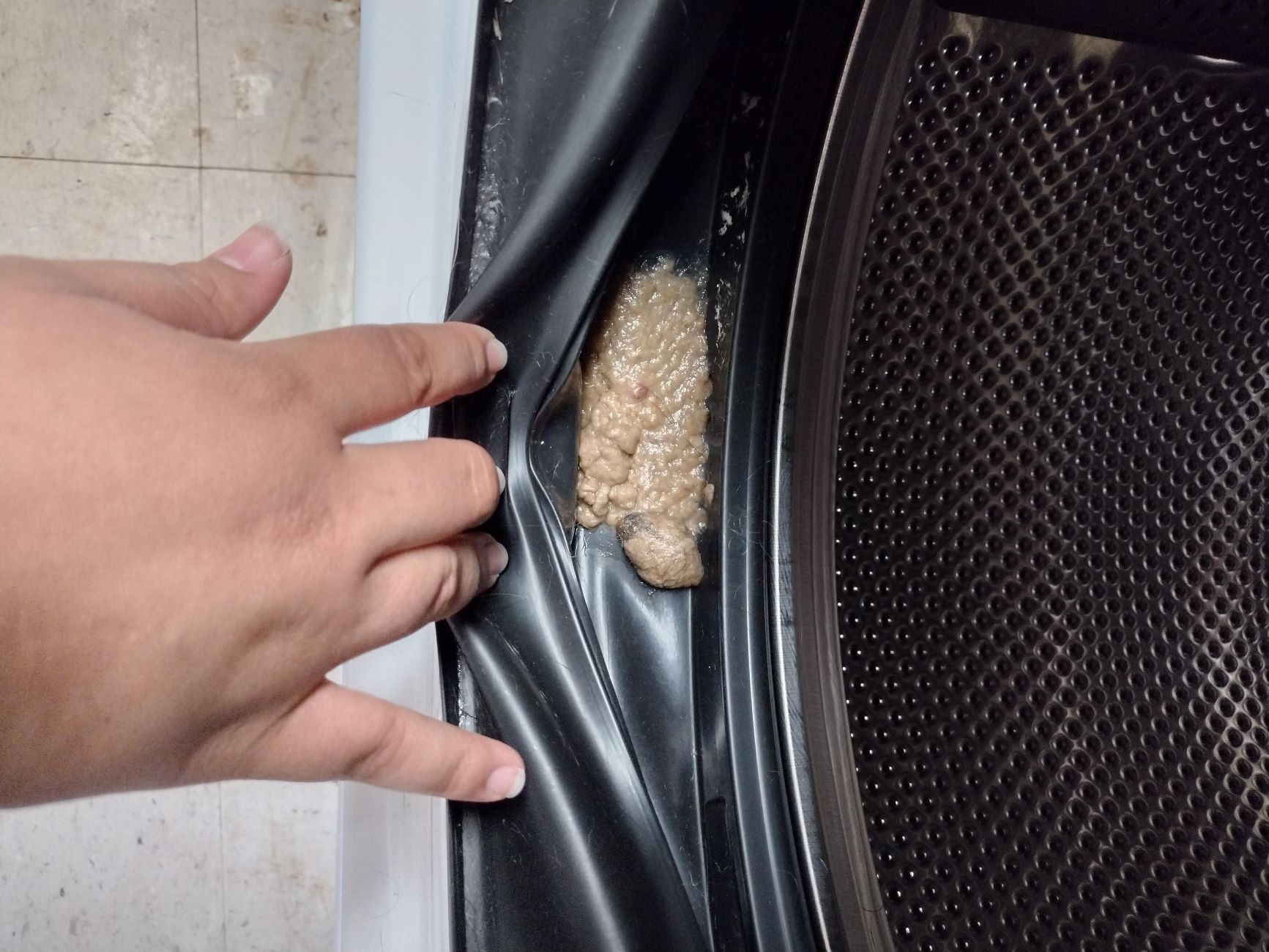
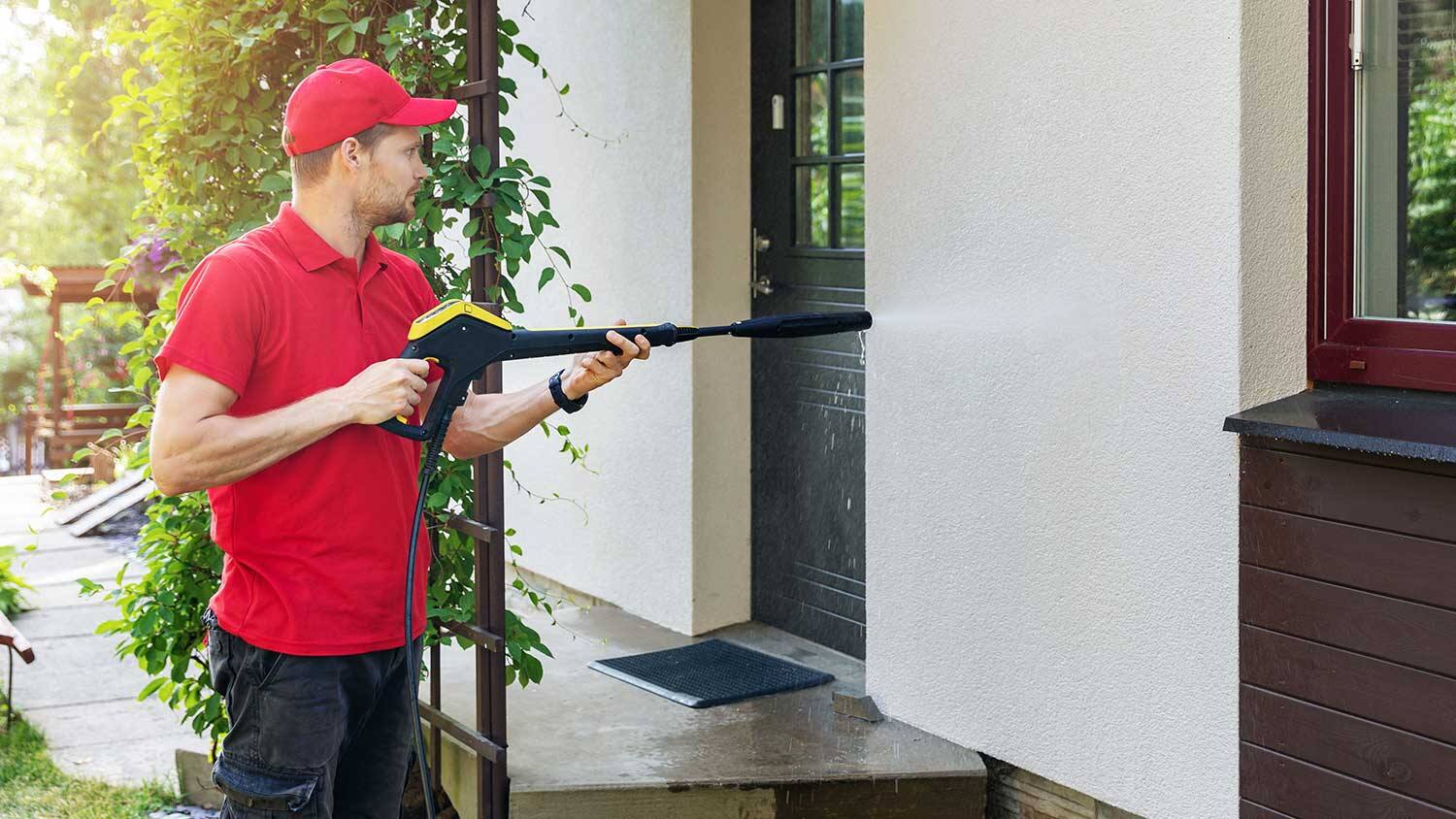

0 thoughts on “How To Clean A He Washing Machine”